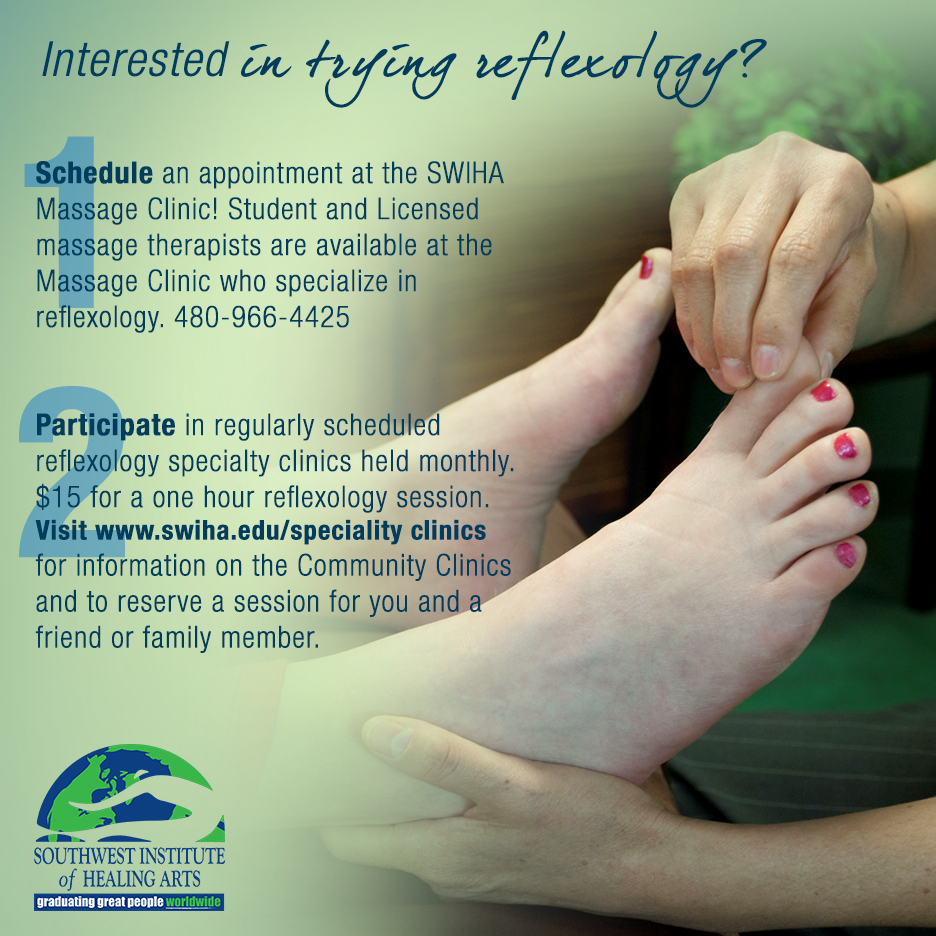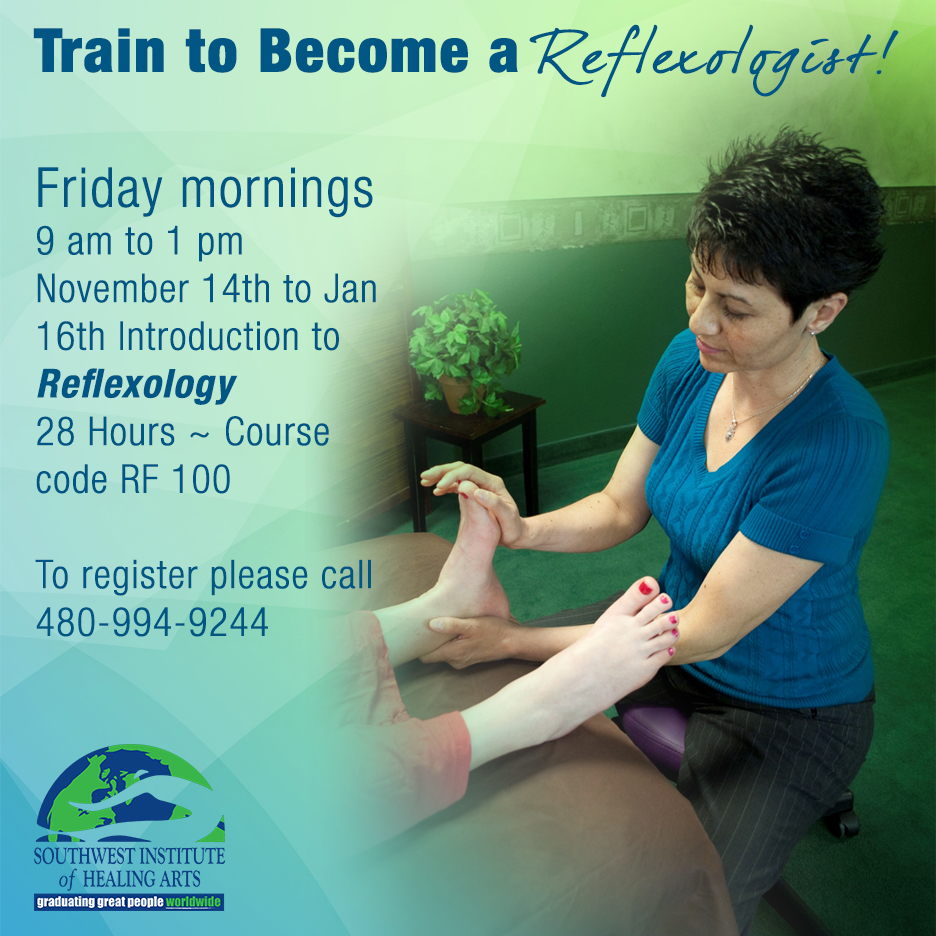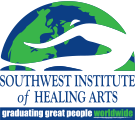
The roots of reflexology date as far back as ancient times. A non-invasive, complementary practice, reflexology involves the use of thumb and finger techniques, applying alternating pressure to reflexes. It is a clothed technique limited to the feet, the hands, and the ears. According to the Arizona Reflexology Association (AZRA), these reflexes match up to different parts of the body, also referred to as “maps,” located on the feet, hands, and outer ears.
Over the last century, reflexology has become fairly main stream due to diligent study by medical doctors and surgeons. Dr. William FitzGerald and his student Dr. Joe Shelby Riley created Zone Theory, a basis for reflexology. (See Fact 1 for details about the Zone Theory.) A physiotherapist working with Dr. Joe Shelby Riley, Eunice Ingham, documented organ reflex areas that complemented the Zone Theory. When Ingham saw the positive impact of reflexology on the clients in their practice, she chose to share her findings and the techniques of reflexology throughout the United States and Europe. Her teachings are the framework for the current teachings of reflexology today!
Fact 1: Reflexology is safe and effective.
 There are very few instances in which reflexology cannot be applied. A trained reflexologist can individualize a session to assure the safety and health of the client. Contraindications may include working on an injured area, an area with poor circulation, or an area with an active infection or where the skin is compromised. Physical touch is not indicated in these cases. Luckily reflexology uses the Zone Theory, a theory that states there are 10 vertical zones in the body. When working on a particular zone, any body part in that zone becomes activated. For example, if someone had surgery on the left thumb and was having pain and swelling, working on the right thumb or the big toe can also be beneficial as they are all in Zone 1. “As above, so below”, is a saying that applies in reflexology. Toes mirror the fingers, ankles mirror the wrists, knees mirror the elbows, and the hips mirror the shoulders. There are so many possible reflections within the body.
There are very few instances in which reflexology cannot be applied. A trained reflexologist can individualize a session to assure the safety and health of the client. Contraindications may include working on an injured area, an area with poor circulation, or an area with an active infection or where the skin is compromised. Physical touch is not indicated in these cases. Luckily reflexology uses the Zone Theory, a theory that states there are 10 vertical zones in the body. When working on a particular zone, any body part in that zone becomes activated. For example, if someone had surgery on the left thumb and was having pain and swelling, working on the right thumb or the big toe can also be beneficial as they are all in Zone 1. “As above, so below”, is a saying that applies in reflexology. Toes mirror the fingers, ankles mirror the wrists, knees mirror the elbows, and the hips mirror the shoulders. There are so many possible reflections within the body.
Fact 2: Reflexology is a holistic approach.
The whole body is positively affected from a reflexology session. The sympathetic nervous system is the “Fight or Flight” mechanism in human bodies. The fight or flight system signals the alarm state and puts stress on the immune system, creating a hyper-alert state that can impair sleep and eventually wear down the body system. Reflexology shifts the nervous system to the parasympathetic nervous system where the body “rests and digests.” This parasympathetic state is also where the body restores and renews itself. Relaxation, improved mood, and therefore improved relationships can result. The physical touch of reflexology improves circulation, relaxes tight areas of the foot and hands, and through stimulation of the reflexes on the hands/ears/feet, brings the body into balance.

Fact 3: Everyone can benefit from reflexology.
Reflexology can be used in all health conditions and with all ages. Even infants with colic can benefit from addressing the gastro-intestinal system on the feet! Studies have shown that people with Alzheimer’s were calmer and experienced improved sleep and mood. Those who are caregivers or parents can appreciate having a tool like reflexology to provide comfort and support for their loved ones when other interventions have failed. Touch creates a bond and a sense of connection and nurturing that goes beyond language.
Fact 4: Reflexology can be self-applied.
Once someone has studied the maps and the different reflexology techniques, it is easy to translate the knowledge on to their hands and feet. For people prone to headaches, neck pain, low back pain or even constipation, these points are very accessible on the hands and can be easily worked on throughout the day at work, while watching television, or while waiting in line at the store. A great way to pass the time and create health!
Train to Become a Reflexologist.
 Southwest Institute of Healing Arts (SWIHA) offers an educational training program in reflexology. The weekend of November 14th, SWIHA is running an introduction level reflexology course called Reflexology, A Western Approach (RF 100). To register and pay for the course please contact SWIHA at 480-994-9244, stop into the Student Services office at the main campus, or register online.
Southwest Institute of Healing Arts (SWIHA) offers an educational training program in reflexology. The weekend of November 14th, SWIHA is running an introduction level reflexology course called Reflexology, A Western Approach (RF 100). To register and pay for the course please contact SWIHA at 480-994-9244, stop into the Student Services office at the main campus, or register online.
Interested in trying reflexology? Then schedule an appointment at the SWIHA Massage Clinic! Student and licensed massage therapists are available at the Massage Clinic who specialize in reflexology. In addition, there are regularly scheduled reflexology specialty clinics held monthly. Specialty clinic sessions are available for $15 for a one hour reflexology session. Visit www.swiha.edu for information on the clinics and upcoming classes.
